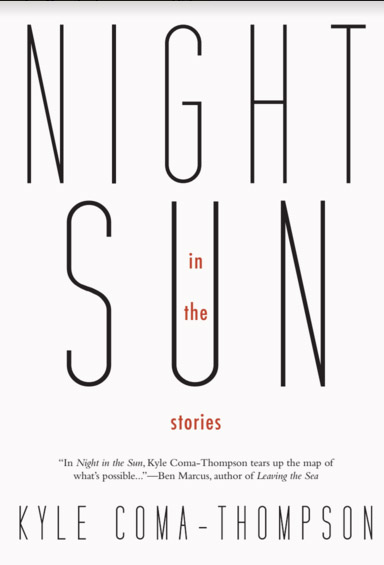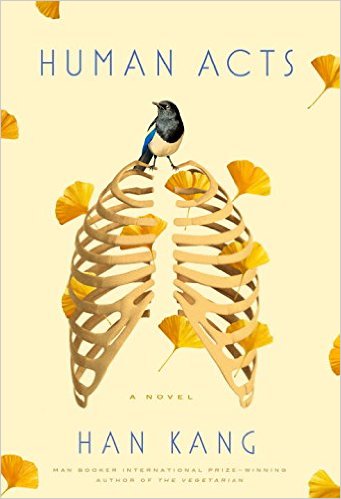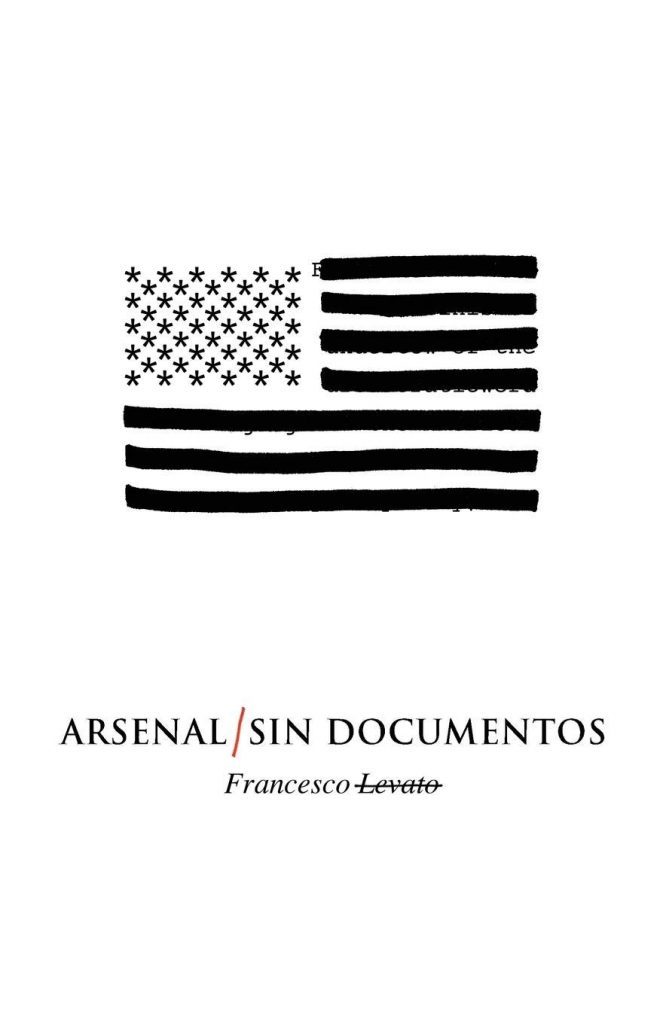
(CLASH Books, 2019)
REVIEW GABINO IGLESIAS
—
NOTE: The following is a tweaked version of my introduction to Levato’s book.
Writing poetry entails pulling feelings, dreams, and memories from nothingness and bringing them to the page with words. That’s why it’s so easy. That’s why it’s almost impossible. On the other hand, blackout poetry is the art of pushing unnecessary/extra/dishonest words into oblivion so that the true message, the meaning behind the jumble of words, can be revealed. Since the words are there, given, one could argue that it’s an easier task. However, that is not the case. Every discourse is constructed with an intention, and this type of poetry demands a ruthless, fearless deconstruction of that discourse in order to reveal the truth. If poetry can speak truth to power, then what I’m choosing to call here revelation poetry speaks truth to power using power’s original discourse.
Francesco Levato’s Arsenal/Sin Documentos is a courageous book. More importantly, it is a necessary book. We are witnessing abuse and bigotry daily. We are living a ridiculously anti-immigrant rhetoric created to cause fear of the Other. This book slashes into the center of that issue and exposes its inherently racist core. Remember watching science fiction movies as a kid and being scared of aliens? Well, alien is, once again, a word used to instill fear, and to deliver a clear message:
“The removal of these aliens, must be prioritized.”
But these are not aliens Levato is talking about. These aren’t grey monsters with huge black eyes or evil green humanoid beings with disintegrating ray guns; he is discussing immigrants. People. Brothers and sisters in the struggle that is staying alive and caring for those we love. He is talking about children. Yes, the same children that got tear-gassed at la frontera.
Now imagine your life is so shitty you decided to leave everything you know behind to move to a different country. You have no money and fear abandoning your home, your language, your friends, your job, everything. Then you get here and the folks holding the American Dream receive you with “Choke holds/neck restraints/baton to the head/electronic pulses to cause/Incapacitation/or pain.” Welcome to the United States, cabrones.
Now stop imagining things. What you are about to read is not about imaginary things, it’s about everyday things that happen at the border. It’s about rules and regulations that were created to control and dehumanize. It’s about exposing the reality of a system that seems to be designed for a war and not for receiving individuals seeking asylum.
Like I said, stop imagining things. There are real words will real world implications ahead. Words like lethal and enforce. Words like authority and body and discretion. Words like taser and trauma and control. These words matter because they point to a flawed system. These words matter because Levato pulled them from a plethora of official documents he felt have “the capacity to affect an embodied subject both discursively and physically.” They matter because they tell stories about the way other humans are seen, treated, processed. They matter because they are the law of the land, sanctioned by those in power and applauded by many.
There is a point in the career of every writer where he or she will have to decided if politics are going to be part of their oeuvre. Even deciding that they won’t is a political move. I respect that. However, fully engaging is something I respect much more, and that exactly what Levato has done here. There is no pandering. There is no sugarcoating. And there is Spanish. This level of engagement is the literary equivalent of standing in the middle of the road a few seconds after the cops drove by, one hand squeezing your crotch and the other held up high, middle finger flying. That deserves respect.
Perhaps the beauty of Arsenal/Sin Documentos is that it exposes truth while also leaving the door open for the reader to discover more. For example, it includes the instructions for immigrants who want to become citizens. Among those requirements is knowledge of English. Yeah, and then you remember there is no federal law establishing English as the official language of the United States…
Frontera narratives matter now more than ever, and you’re this book is a crucial addition to the list of books tackling the issue.
—
Gabino Iglesias is a writer, book critic, and professor living in Austin, TX. He is the author of ZERO SAINTS and COYOTE SONGS. His work has been translated into four languages, optioned for film, and nominated to the Wonderland Book Award, the Bram Stoker Award, and the Locus Award. His literary criticism appears regularly in venues like NPR, Vol. 1 Brooklyn, Criminal Element, and the Los Angeles Review of Books. His nonfiction has been published in The New York Times, the Los Angeles Times, and other print and online venues. He was a juror for the 2018 Shirley Jackson Awards and the 2019 Splatterpunk Awards. He is the book reviews editor for PANK Magazine and a literary columnist for LitReactor. You can find him on Twitter at @Gabino_Iglesias.
![[PANK]](https://pankmagazine.com/wp-content/themes/pank/assets/images/pank-logo-large.png)

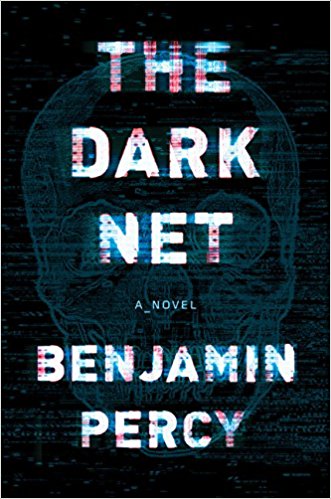
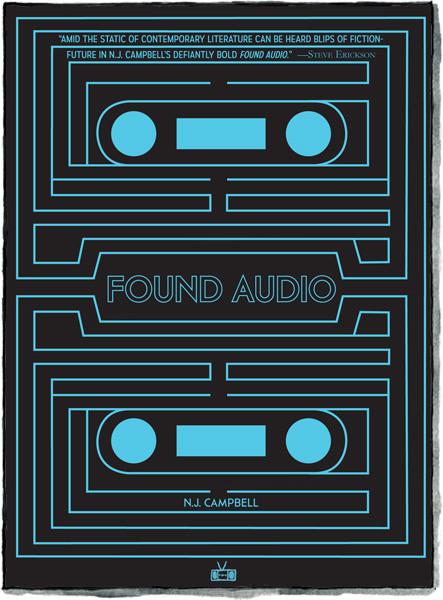 Two Dollar Radio’s latest publication is hot off the press. Found Audio by N.J. Campbell is a Russian nesting doll of a novel with layers of mystery, mythology, madness, and suspense.
Two Dollar Radio’s latest publication is hot off the press. Found Audio by N.J. Campbell is a Russian nesting doll of a novel with layers of mystery, mythology, madness, and suspense.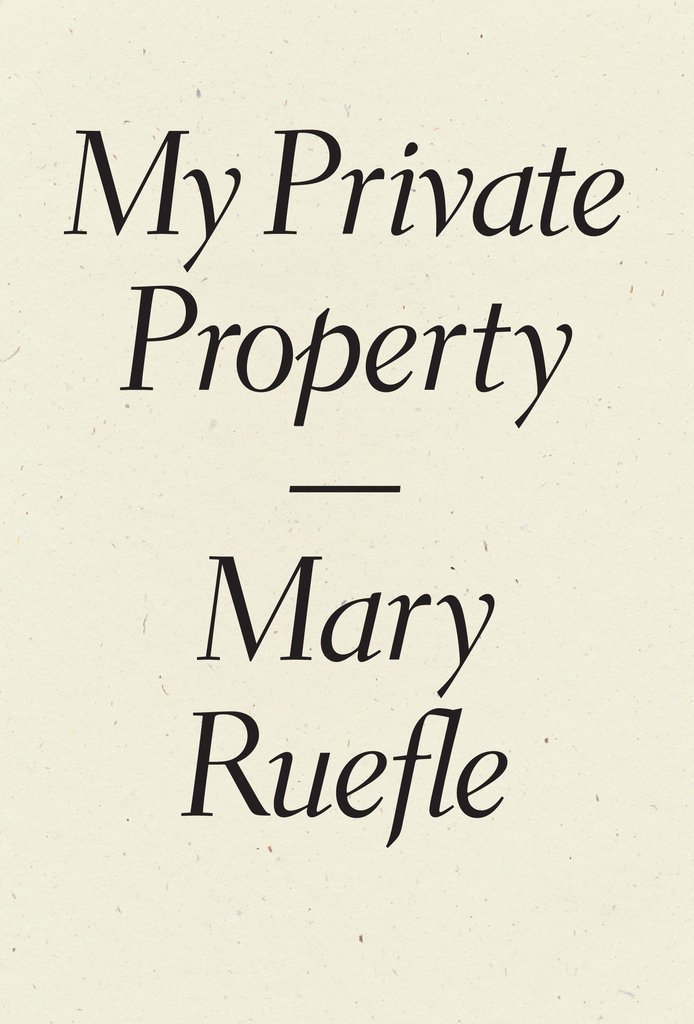


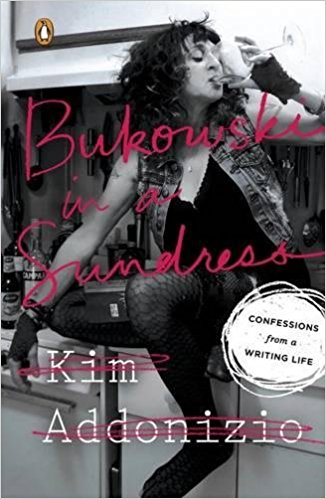
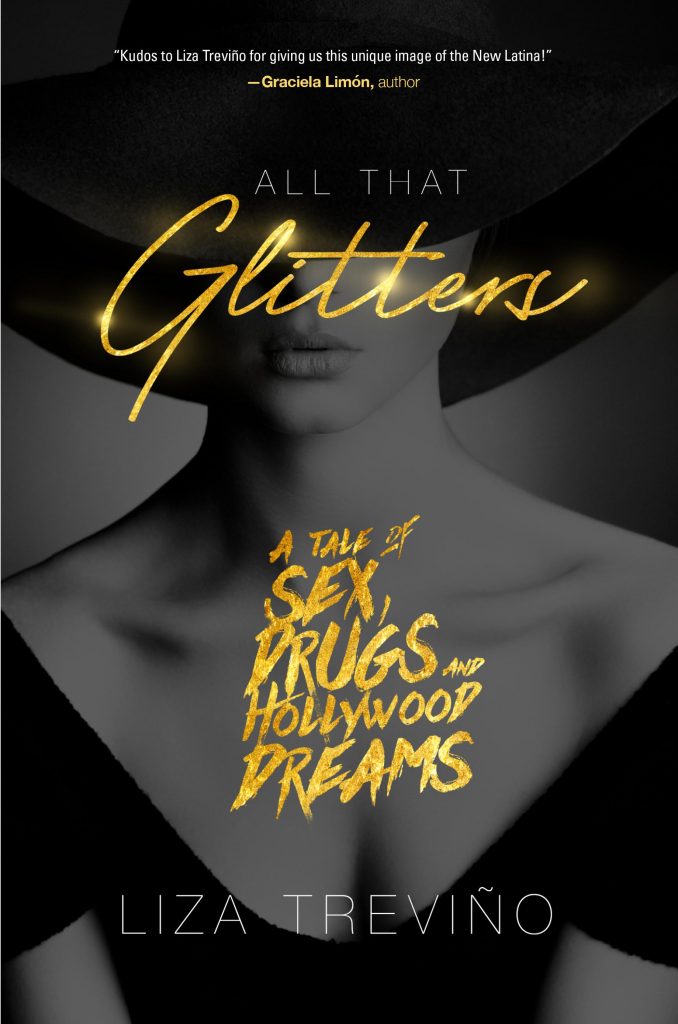 Koehler Books , 2017
Koehler Books , 2017